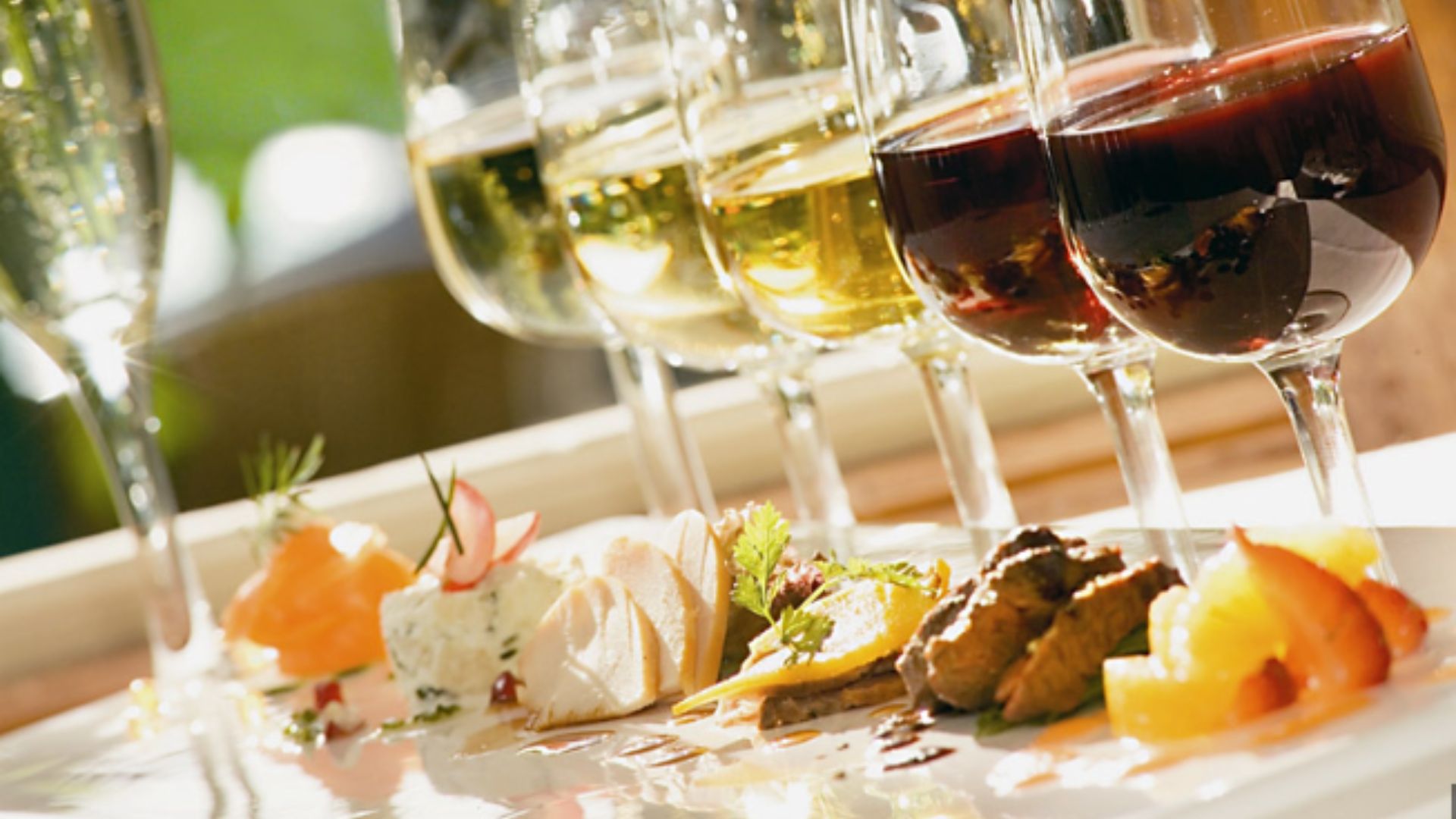The world of wine is shrouded in a surprising number of myths and misconceptions. These myths can prevent people from truly enjoying and appreciating this complex beverage. Therefore,in this post lets explore some of the most common wine myths, empowering you to approach wine with confidence and make informed choices.

Expensive Wine is Always Better
This is perhaps the most pervasive wine myth. While there is a correlation between price and quality to some extent, it’s not a guarantee. Also, many factors contribute to a wine’s price, including the grape varietal, the region where it’s grown, the production process, and the brand name.
Here’s how to find good value wines:
Explore lesser-known regions
Wines from emerging wine regions can offer excellent quality at a more accessible price point.
Focus on grape varietals you enjoy
Research wines made from your favorite grape varietals and explore different producers within that category.
Look for awards and recommendations
Consider wines that have received awards or positive reviews from reputable wine publications.
By focusing on these factors, you can discover delicious and affordable wines that suit your taste preferences.
Red Wine Should Only Be Served at Room Temperature
This myth is partially true. While red wines generally benefit from slightly warmer temperatures than white wines, “room temperature” can vary depending on your climate.Additionally, ideally, red wines should be served around 55-60°F (13-16°C).
Here’s a temperature guide for different types of wine:
Red Wines
Slightly chilled (55-60°F) for lighter reds, room temperature (60-68°F) for full-bodied reds.
White Wines
Chilled (45-50°F) for light-bodied whites, slightly chilled (50-55°F) for richer whites.
Sparkling Wines
Chilled (40-45°F) for all sparkling wines.
Following this guide ensures you experience each wine at its optimal temperature, allowing you to appreciate its full flavor profile.
Swirl Your Wine Before Taking a Sip
Swirling wine can be a visually appealing gesture, but it’s not always necessary. Also, Swirling does help to aerate the wine, which can release some of its aromas. However, for young wines, excessive swirling can actually be detrimental.
Here’s when swirling might be beneficial:
For older wines
Swirling can help awaken aromas in mature wines that have been cellared for a long time.
A “Sulfite Headache” is Caused by Sulfites in Wine
Moving on, grapes naturally contain sulfites, and winemakers also add small amounts of them as a preservative. While some people have a sensitivity to sulfites, it’s not the most common cause of headaches after drinking wine.
Here are some more likely culprits for wine headaches:
Dehydration
Alcohol is a diuretic, which means it dehydrates you. Also, drinking plenty of water throughout the evening can help prevent headaches.
Histamines
Some people are sensitive to histamines, which are naturally present in red wine.
Congeners
These byproducts of fermentation can contribute to headaches. In addition, choosing wines lower in congeners, like white wines, might be a better option for those prone to headaches.
If you experience headaches after drinking wine, consider these factors and experiment with different types and styles of wine to find what works best for you.
You Should Never Drink White Wine with Red Meat
This myth limits your pairing options and can prevent you from discovering some truly delicious combinations. Therefore, while certain red wines might overpower delicate white meats, there are plenty of white wines that can beautifully complement red meat dishes.
Here are some successful white wine and red meat pairings:
Pinot Noir
This lighter-bodied red wine pairs well with grilled or roasted chicken and even some lean cuts of red meat.
Beaujolais
This fruity red wine can be a delightful partner for grilled sausages or burgers.
Rosé
A dry rosé wine can stand up to the richness of grilled lamb or roasted duck.
Conclusion
In conclusion, the world of wine is full of enjoyment and exploration. Therefore, by debunking these common myths, you can approach wine with confidence and make informed choices. Also, don’t be afraid to experiment with different styles and pairings to discover your personal preferences. However, remember, the most important thing is to relax, enjoy the experience, and appreciate the unique qualities of each glass you raise.




